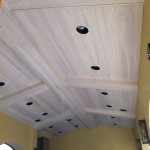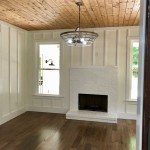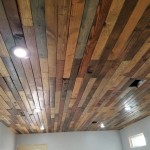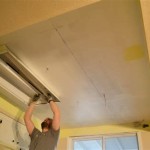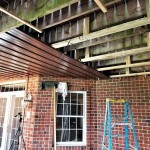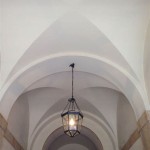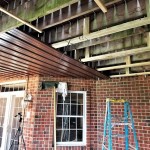Low Ceilings in England and Wales: A Historical and Architectural Perspective (Including a Look at Igualada)
The perception of low ceilings in older homes across England and Wales is a common one, often sparking curiosity and even discomfort among visitors accustomed to more spacious headroom. While not universally true, this architectural feature has roots in a variety of historical, social, and practical factors. This article explores some of the key reasons behind this phenomenon and briefly touches upon the contrasting architectural styles found in Igualada, Spain.
Medieval Building Practices and Material Availability
During the medieval period, building materials were often sourced locally. Timber, a readily available resource in many parts of England and Wales, was a primary construction material. The length of available timbers often dictated the height of ceilings. Transporting large timbers over long distances was costly and difficult, favoring the use of shorter, more manageable lengths, thus resulting in lower ceiling heights.
The Influence of the Tudor Period
The Tudor era (1485-1603) saw the rise of timber-framed houses, particularly among the wealthier classes. These structures, while aesthetically pleasing with their exposed beams and wattle-and-daub walls, often featured lower ceilings than later periods. The use of smaller-dimension timbers, combined with the inherent limitations of the construction techniques, contributed to this characteristic.
Taxation and the "Hearth Tax"
Historical tax policies also played a role in shaping architectural design. The hearth tax, levied between 1662 and 1689, was a property tax based on the number of hearths or fireplaces in a dwelling. To minimize tax liability, some homeowners may have opted to reduce the overall size of rooms, including ceiling heights, effectively decreasing the number of hearths required.
Thermal Efficiency and Conservation of Heat
In a pre-central heating world, smaller, lower-ceilinged rooms were easier to heat. The lower volume of air within the space required less energy to warm, making them more practical and economical to heat with fireplaces or stoves, particularly during the colder months.
The Impact of Building Regulations and Vernacular Architecture
Over centuries, regional building traditions and local vernacular architecture developed, often reflecting the available materials and climatic conditions. These traditional building practices, passed down through generations, contributed to the prevalence of lower ceilings in certain areas. Building regulations, though not as formalized in earlier periods, often reflected these established practices.
The Shift Towards Higher Ceilings: Georgian and Victorian Eras
The Georgian and Victorian eras (1714-1901) witnessed a gradual shift towards higher ceilings, particularly in grander homes and public buildings. Advances in construction technology, coupled with increasing prosperity and the availability of new materials like cast iron and steel, allowed for larger spans and higher ceilings. This trend, however, was not uniform across all social classes and regions.
Igualada: A Contrast in Architectural Style
In contrast to the often lower ceilings found in traditional English and Welsh homes, the architecture of Igualada, Spain, exhibits a different character. Located in Catalonia, Igualada boasts a rich architectural heritage, ranging from medieval structures to modernist buildings. Its industrial past, particularly in the leather and textile industries, has left a unique imprint on its architectural landscape. Modernist buildings, influenced by architects like Antoni Gaudí, often feature higher ceilings, larger windows, and intricate ornamentation, reflecting a different aesthetic and functional approach to design.
Modern Building Standards and Ceiling Heights Today
Contemporary building standards and regulations in both England and Wales now dictate minimum ceiling heights for new constructions, ensuring adequate headroom and ventilation. While older properties may retain their original lower ceilings, newer homes generally adhere to these modern standards.
The Preservation of Historic Architecture
The preservation of historically significant buildings, including those with lower ceilings, is an important aspect of maintaining cultural heritage. Recognizing the historical context and the various factors that influenced these architectural choices helps appreciate the evolution of building design and the unique character of different regions.

What Is The Standard Ceiling Height In Home Improvement

Lighting Low Ceilings Brilliant

10 Ways To Make Living Room Ceilings Look Higher Homes Gardens

Timber Joist Part E Ceiling Soundproofing
Benefits Of Exposed Soffit Ceiling And How To Integrate Into Interior
A Harmonious Balance

Ceiling Ideas 13 Ways To Add Interest The Fifth Wall

Vaulted Ceiling Ideas 11 Dramatic Design For Your

White Gloss Ceiling Cladding 4 5m Pack The Bathroom And Tile Centre Darlington

Suspended Ceiling Cost Guide How Much For A False
Related Posts






